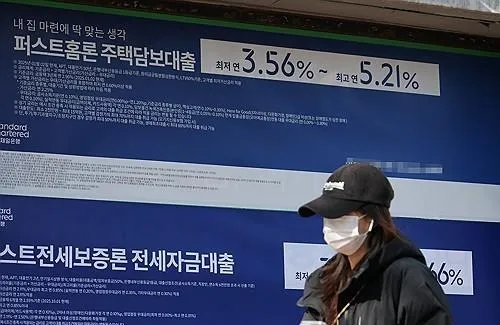Why Did NSE Reduce Lot Sizes for Nifty 50 and Other Index Derivatives?

Synopsis
Key Takeaways
- NSE lowers lot sizes for major indices.
- Effective date: October 28, 2023.
- Current sizes remain valid until December 30, 2025.
- Revisions aim to improve market efficiency and liquidity.
- New contracts will follow revised sizes post-expiry.
Mumbai, Oct 5 (NationPress) The National Stock Exchange (NSE) has revealed plans to adjust market lot sizes for four essential index futures and options contracts, including the Nifty 50, starting from October 28.
The lot size for the Nifty 50 index will decrease from 75 to 65, while the Nifty Bank lot size will be reduced from 35 to 30, according to an official announcement.
Furthermore, the Nifty Financial Services lot size is being adjusted to 60, down from 65, and the Nifty Mid Select index will see a reduction from 140 to 120. Notably, the lot size for the Nifty Next 50 Index will remain unchanged.
Investors are permitted to continue trading with the current lot sizes until the expiry on December 30, 2025. After this date, all new contracts will comply with the revised, smaller lot sizes.
The NSE has advised members to notify their clients who hold positions or intend to create new ones in the quarterly and half-yearly contracts about the upcoming lot size changes on the specified dates.
Currently, the lot size for Nifty’s weekly and monthly contracts will expire on December 23, while the monthly Nifty and Bank Nifty contracts will expire on December 30. All new contracts following these expiration dates will adhere to the updated sizes.
The NSE periodically revises lot sizes for futures and options contracts to maintain contract values within a standardized range, ensuring contracts are both affordable and standardized.
While traders are not required to pay the full contract value in advance, as derivatives are leveraged instruments, the lot size influences participants' exposure and the margin needed.
Stock exchanges undertake lot size revisions to bolster market efficiency and liquidity, while making contracts more attractive to a wider array of market participants.









